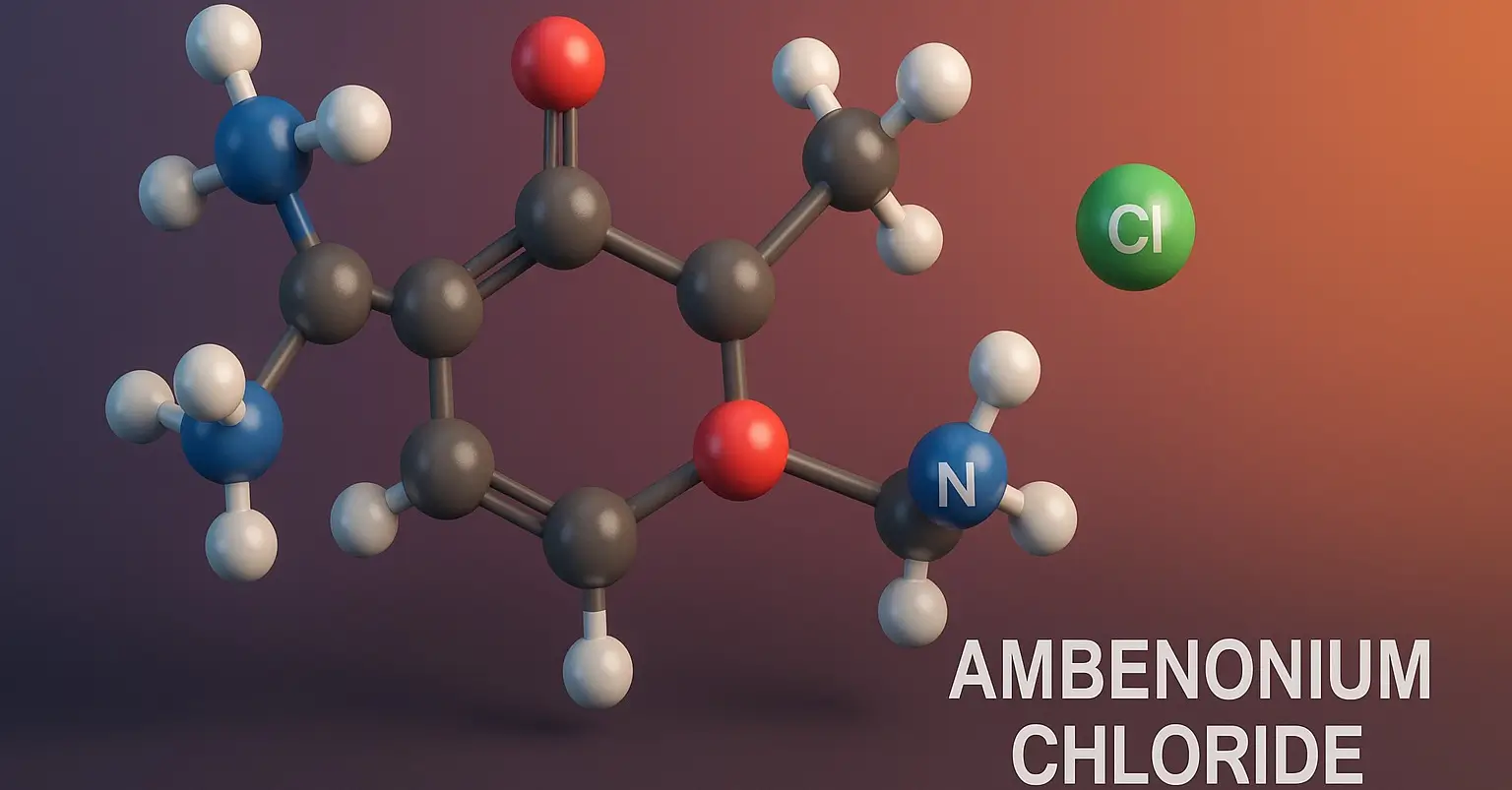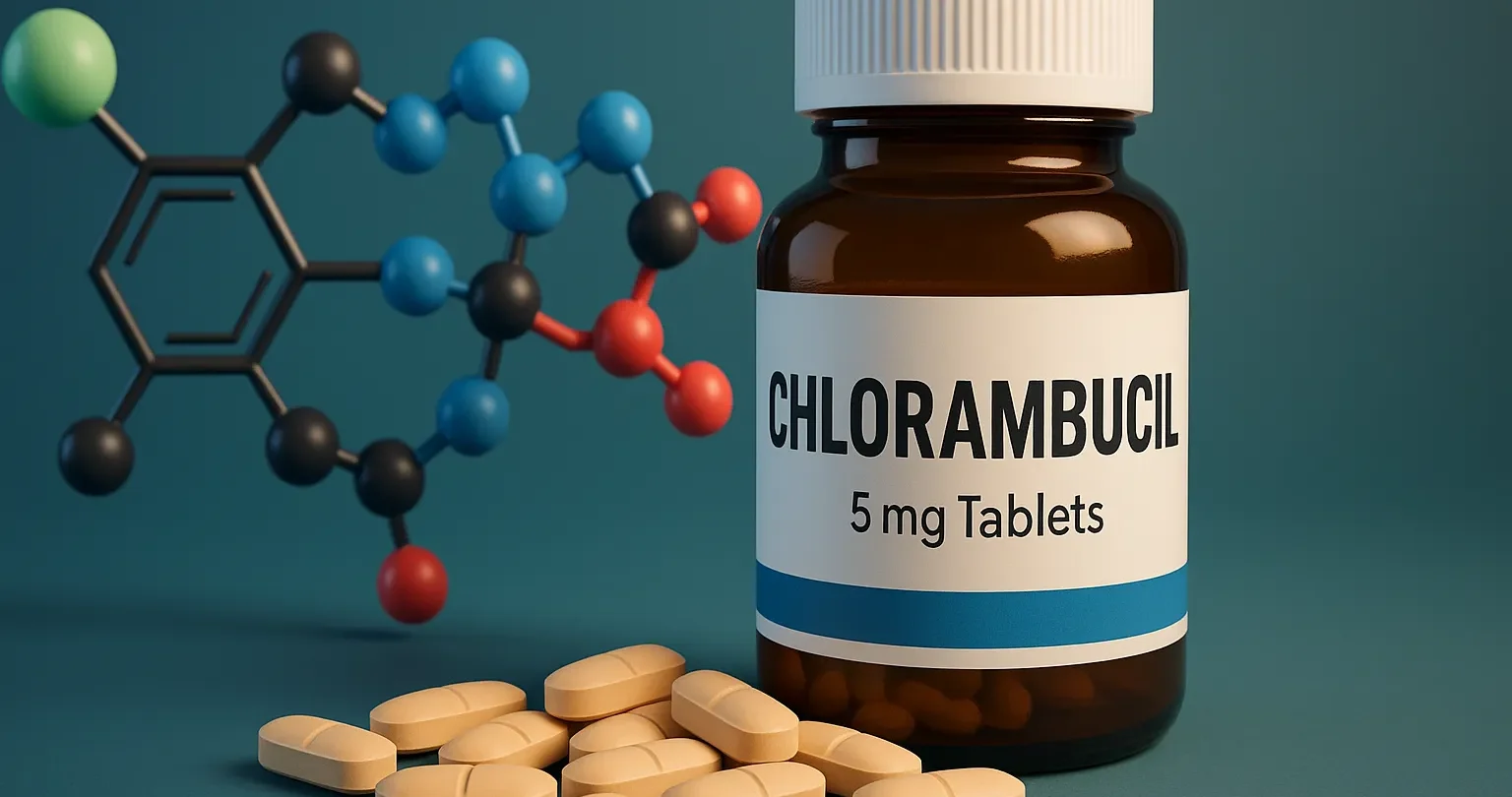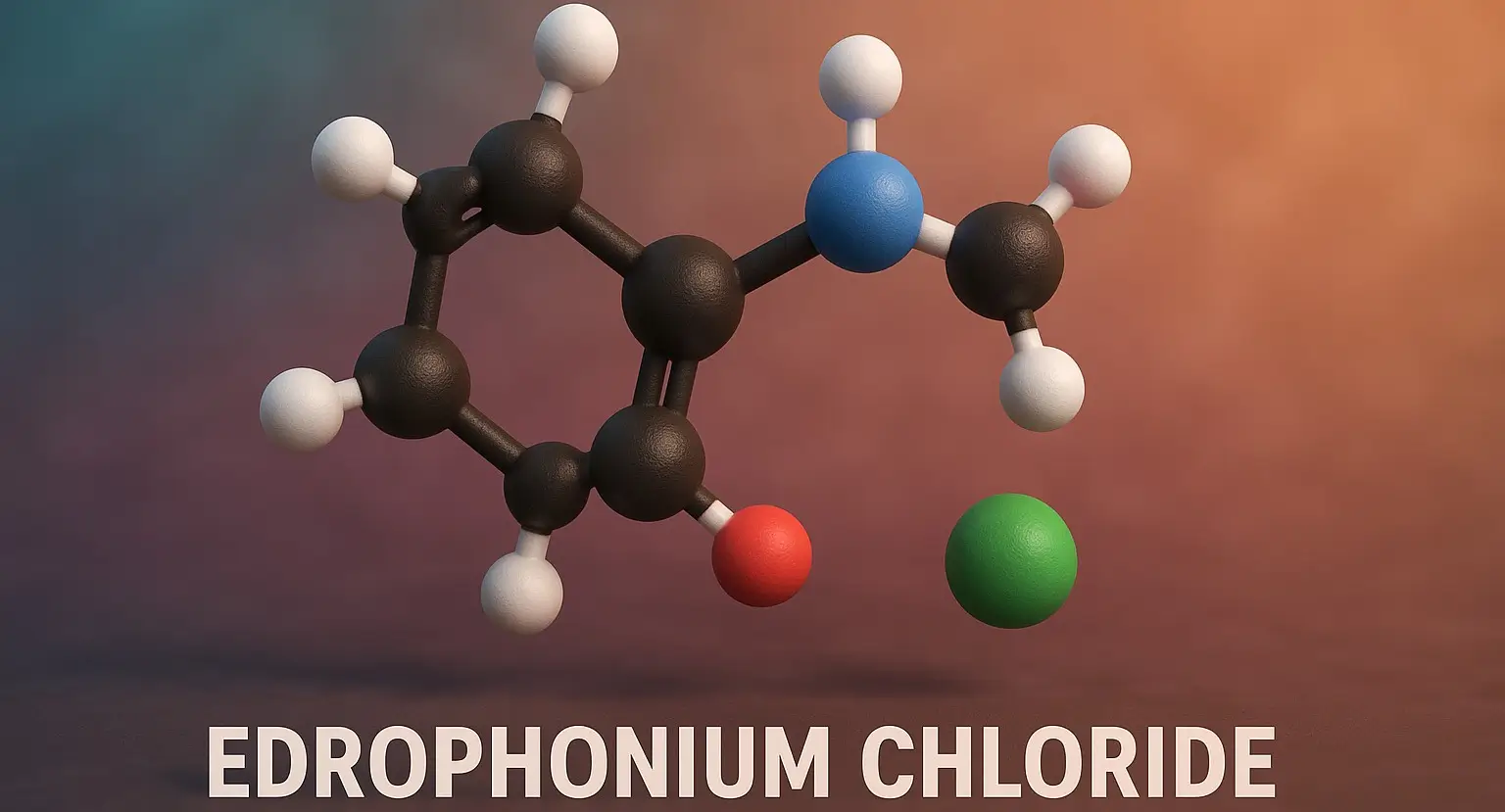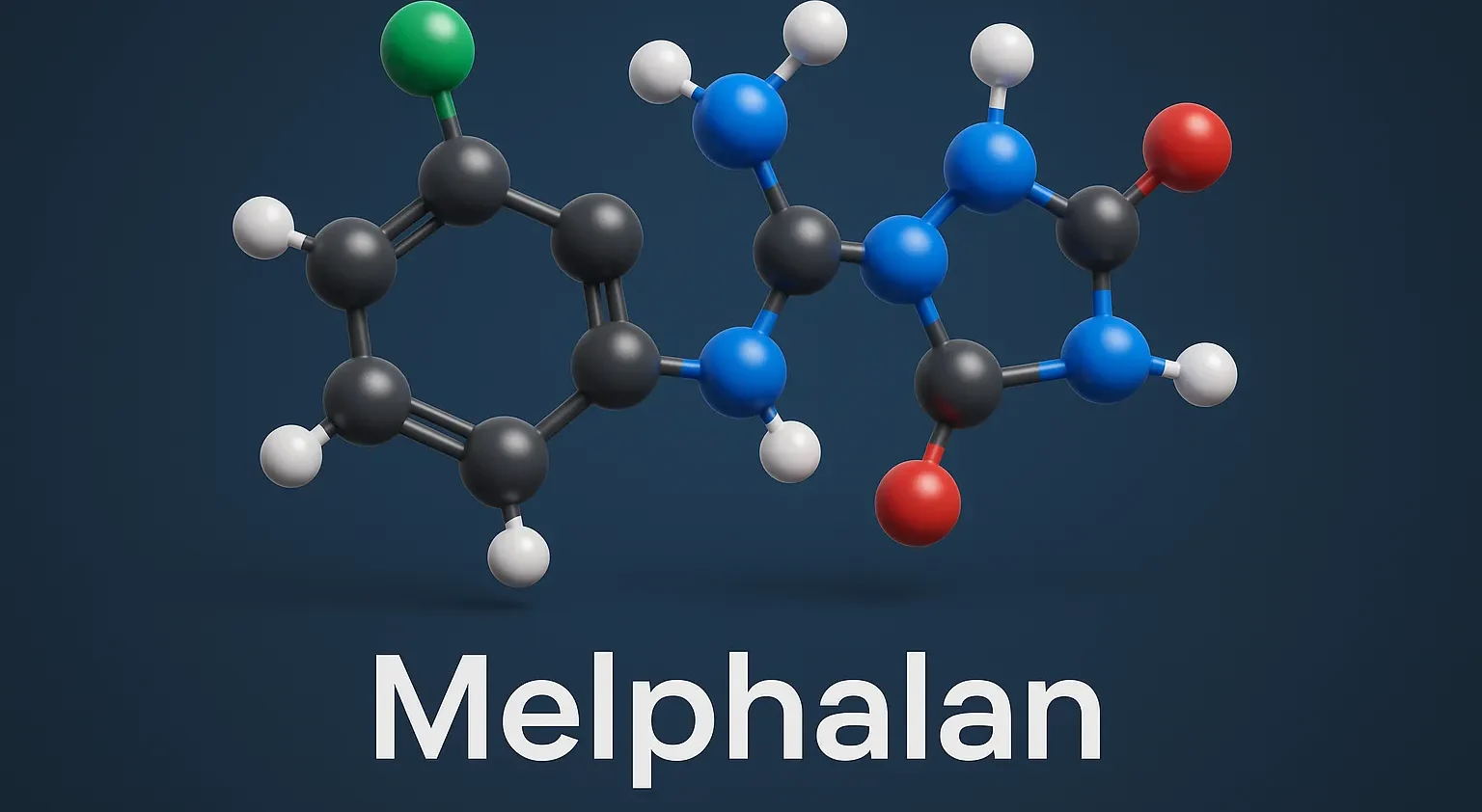Pharmacy as a career
Pharmacy as a career is a diverse and rewarding career with numerous opportunities for growth. Pharmacists play a crucial role in healthcare, ensuring the safe and effective use of medicines. Here are key reasons to consider a career in pharmacy: Diverse Career Opportunities for Pharmacy as a career: Pharmacists can work in various settings, including … Read more










